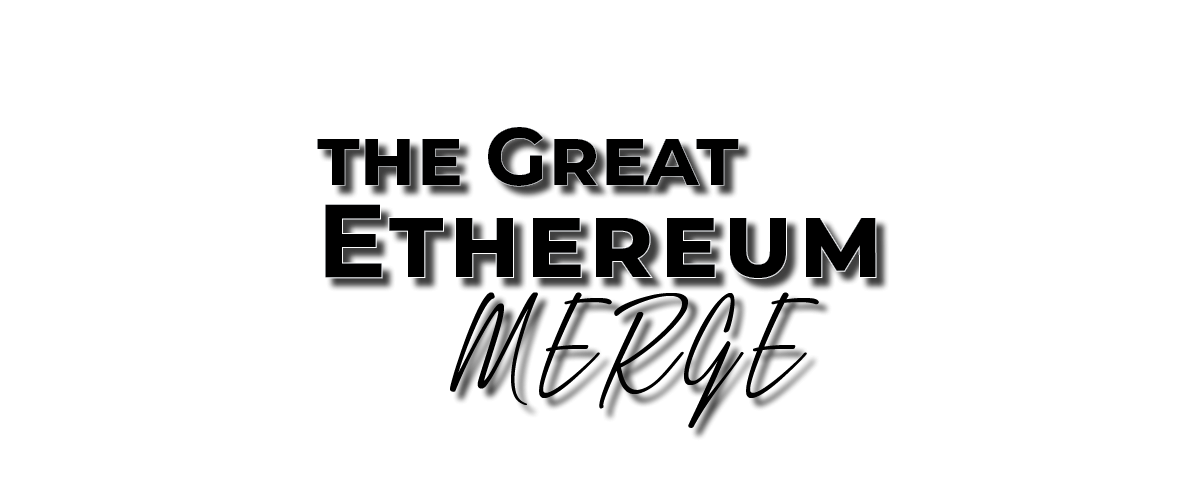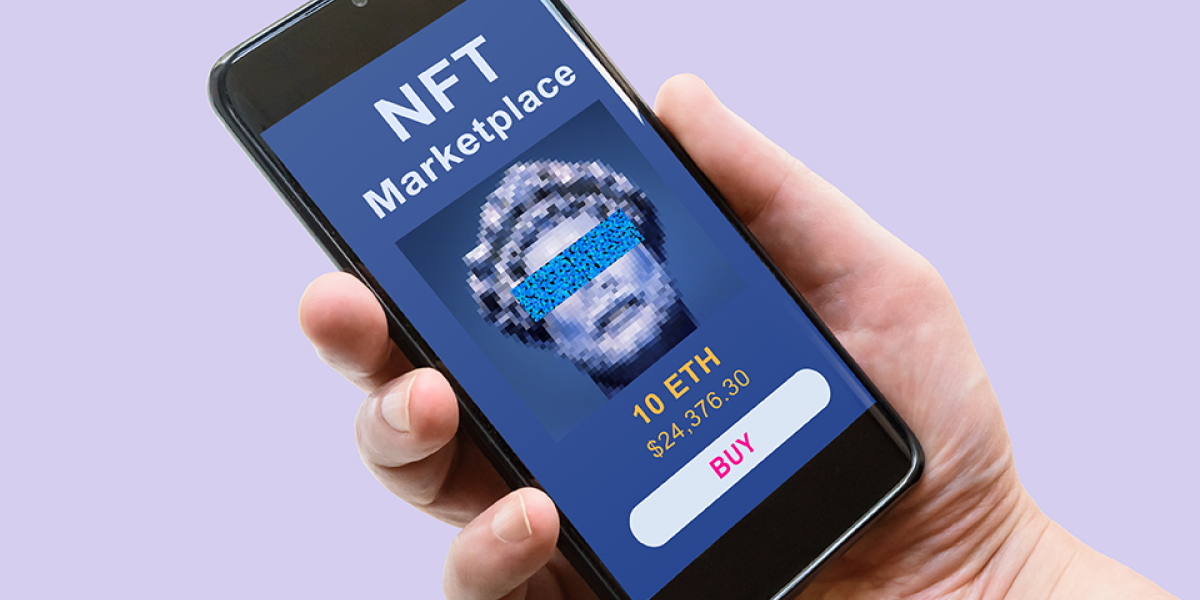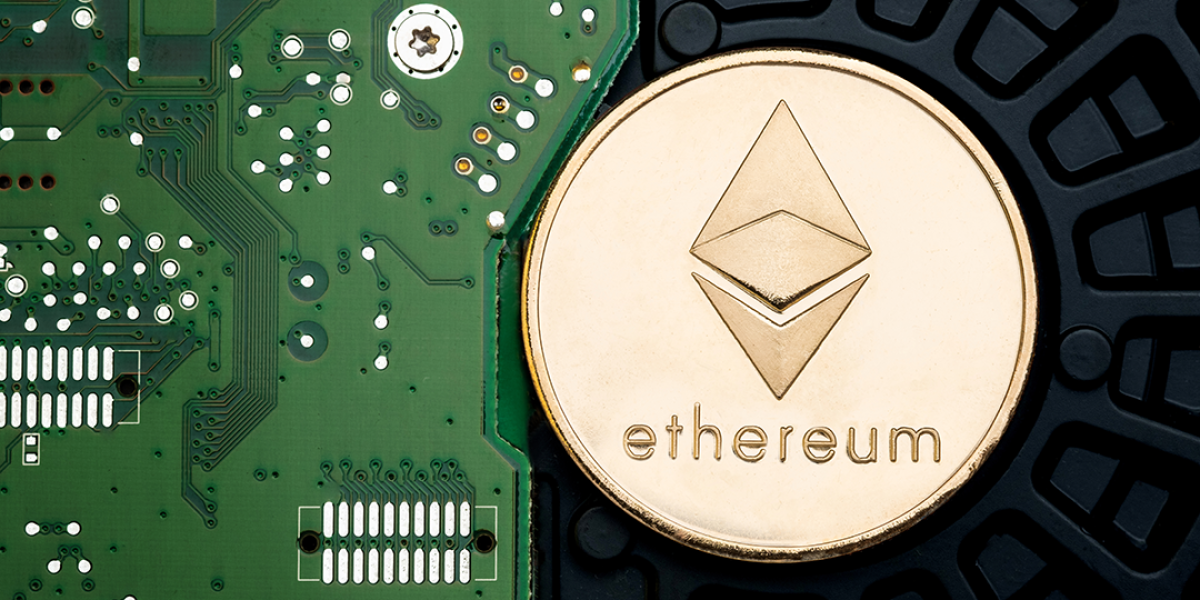
WRITTEN BY TRISTA AMZALLAG, PRESIDENT ONWATT INC., CRYPTO ASSET SPECIALIST

I recall in 1998 a great fear had swept over the tech industry, and especially the banking sector: The Y2K bug. This flaw in older code - which only stored the last 2 digits of the year in order to save space - was still being used by many institutions, even as the turn of the century was rapidly approaching. The original developers (back in the '60s) never imagined this code would persist this long, but as the saying goes: if it ain’t broke, don’t fix it...
... But, it was broken and they were running out of time. No one knew exactly what would happen, and they were deathly afraid of it; it was predicted that banking and public utility systems would automatically fail and we, as a globalized world, would plunge into darkness and chaos. So they got to work on the code, while the clock slowly ran out. Some planned for the worst, and some remained skeptical of the fears; I, myself, headed to the mountains of Quebec with 3 of my friends to ring in the new Century, while keeping a safe distance from cities. We waited with baited breath as the clock struck midnight and the year 2000 came around... And you know what happened? Nothing. The world kept going. Electrical and water systems still functioned, banking computers didn’t crash, and ATMs didn’t start spitting out cash uncontrollably. The Y2K crisis that had gripped us for 2 years had fizzled with barely a notice, and the world kept going.
So, why am I talking about a long lost piece of computer lore that remains more of a joke today than the menace it once was? Well, fact is, the work that went into fixing this global problem was monumental, and executed so well that no one noticed it – this is the hallmark of great technology.
Ethereum recently experienced a similar event, and again no one noticed it: on September 15th, 2022, "The Merge" happened... Ethereum was able to merge from v1.0 to v2.0 in real time, meaning activity on the network picked up immediately on v2.0 where it left off from v1.0.
Ethereum 1.0 was built on a Proof of Work (PoW) consensus mechanism in order to incentivize miners to provide computing power to the Ethereum platform, as well as a means to secure its data. It was an excellent implementation of PoW, and provided the backbone for Ethereum to grow and thrive.
However, during the 2017 bull run, Ethereum experienced a problem it had not anticipated - a new set of smart contracts had been released, and a new trading game was built on top of these contracts called "Crypto Kitties". Crypto Kitties was the first of its kind, where a player could purchase a “kitties” which could then be “bred” with other “kitties” to create offspring that the user could then sell to new players. Those new players could then breed more kitties in turn and trade those for the same purpose to newer players. This game became wildly popular in 2017, and caused an immense slowdown of the Ethereum POW blockchain. Transactions suddenly were taking hours and even sometimes days to get through, and the cost of those transactions rocketed up... It was then revealed that the Ethereum blockchain could only handle 17 transactions per second (tx/s); by comparison, VISA handles 45,000tx/s for its 1-billion customers.
Clearly, that was not going to scale. How could Ethereum become the “world’s computer” as Vitalik had envisioned if it couldn’t even handle a popular game? A solution had to be found to overcome this technical limitation that plagued the Ethereum network.
And so, Vitalik went to work on his next iteration of Ethereum in 2017, with his vision for Eth 2.0. This platform had to be safe, stable, and - most importantly - scalable... But how to achieve that? After some deliberation within the core Ethereum community, he landed on a solution called Proof of Stake (PoS).
Unlike PoW, which works as a race that all miners participate in to win the block rewards, PoS works differently - PoS participants stake ethereum to the network and earn extra ethereum for being good actors during the validation process, like a savings account earning interest. In this case, however, a participant can lose his ethereum if he is a bad actor or even a non-participant. This doesn’t happen all at once; rather, there is a monetary penalty applied to the participant if they try to defraud the network.
In this PoS consensus model, the blockchain validates by grouping 32 blocks together during each round of validation that occurs - these are called "epochs" and last roughly 6.4 minutes each. During that time, the blockchain will divide the number of stakers (participants in the network) into 32 separate ‘committees’ of 128 stakers, and randomly assign them a block to validate.
Once the block has been assigned, one randomly selected validator of the 128 will propose a new block to replace the one being validated, and the other 127 members will validate and confirm the old block. After the committee has validated the block, it is inserted into the main ethereum chain, and the committee receives its rewards for its participation. After two Epochs worth of validation, the blocks become immutable.
This new method of consensus allows Eth 2.0 to scale far beyond Eth 1.0 by boosting its processing rate to an estimated 100,000 tx/s; that’s over 5800 times more powerful!
Converting Ethereum to this new platform, however, was going to take time, planning and a lot of effort. To further complicate things, the Ethereum platform has grown and become much more important since the days of Crypto Kitties - many new projects built on the platform have come and gone, but the strong remained, and grew during the pandemic.


One such product is Non-Fungible Tokens (NFTs). These are digital tokens that exist on the ethereum blockchain that are unique and cannot be duplicated. A Fungible Token (or asset), conversely, is a token that is divisible and non-unique. Bitcoin is fungible. Eth is fungible. Even the US Dollar is considered a fungible asset. However, these Non-Fungible Tokens are designed to represent ownership in an asset by being uniquely connected to that asset.
One of the first uses of these NFTs was the ability for new digital artists to monetize their creations independently and build their own communities online; artists would create digital art and then assign the art image to a token, which would be made available for purchase (in ETH) on NFT marketplaces. In 2021, these marketplaces flourished, with sales of some NFTs reaching into the millions of dollars; the highest at $69.3 million for Beeple’s “Everydays: The First 5000 days”. I encourage my readers to visit http://opensea.io to learn more about artist NFTs. You’ll need a copy of Metamask and some ETH to participate.
Clearly, Ethereum was now responsible for millions in financial transactions, and this only increased the pressure even more for a successful merge... And on September 15th, 2022, they were able to do just that. The years of planning and development allowed them to make a monumental change to a global network without any disruption or even a hiccup: the sign of a good technology. Ethereum was now Eth 2.0 and no one noticed, smart contracts continued to operate as normal, and ethereum based transactions were not disrupted at all, and now we have access to a new stable and scalable ethereum platform!
“So what?” I hear you say. Well, in the world of Financial Technology (FinTech), this is akin to when we went from 3G to 4G cellphone data; after 4G was installed, data was now able to move fast enough for our phones to offer real time positioning trackers and mobile video chat. This allowed companies like Uber and Zoom to emerge and revolutionize their respective industries... And now that Ethereum can handle 100,000 tx/s, the possibilities for financial micro-transactions opens up; and following the footsteps of artists, other groups of people could start using NFTs for all kinds of things.
Imagine a world where you use an NFT to gain exclusive access to a party - since it would be uniquely linked to some personal information about the owner, both the NFT owner and the invitee are assured that the right person came to the party... But that seems a little trivial.
How about an NFT that is used to assign ownership to a car? That NFT could include code to allow the owner to create temporary access sub-NFTs that would expire; he could then sell these sub-NFTs online for access to his car as a side hustle while he worked in his office during the day.
The same could apply to house or boat rentals; AirBnB might face a new decentralized rival in the market with the use of automated smart contracts and NFTs. These would allow anyone to grant access to a rental home for a set period of time without the need for the AirBnB middleman, thereby greatly reducing the friction between landlord and renter and putting more money into the renter's pocket.
NFTs could be used to designate ownership in a time-share beach house, and each NFT would activate access along a schedule designated to the owner of that NFT... Once again, Ethereum 2.0 can provide the backbone needed to remove a third party coordinator for the time-share, and thereby reducing costs to the owners in a secure and decentralized way.
All this might seem a bit odd at this time, but in the 1980’s it was predicted that one day we would all be talking to each other through video chat, though no one knew exactly how that would materialize...
I recall my mother joking about the need to get makeup on and fix any out-of-place hair every time you had to get on the phone to talk to someone. She dreaded the idea back then, but will happily FaceTime with her grandchildren today.
The importance of decentralization cannot be overstated here - in the USA, we enjoy a robust system of laws and banking that is heavily regulated in favor of the customer, us. However, that is not necessarily true in the rest of the world, and ownership is easily revoked by corrupt governments. Having these assets represented on a global decentralized fast network will help to bring freedom from corruption and place asset control back in the hands of the people.
The distributed nature of this financial platform has opened the door to another innovation that appears to have taken hold and is growing today - The Metaverse. These are 3D digital worlds that exist online, accessible through your browser or VR headset. People enter them every day and participate in social gatherings, concerts and digital fun & games. Some of these Metaverses are centralized entities such as Roblox or Fortnite, but others were able to be built in a decentralized manner, using Ethereum as the backbone.
Decentraland, for example, was started in 2016 with a coin offering on the Ethereum blockchain. This offering allowed investors to purchase in-world tokens on the promise that a new 3D world would be built and run by committee in a decentralized fashion; the token was called MANA, and it is very much in use today within the Decentraland virtual world. You can purchase land with it, in-world items, and avatar accessories as well. This currency, built on ethereum, supports an entirely new economy online... And there will be more to come.
Metaverses have recently attracted attention from large retailers, business, banks and music stars as more and more of Gen Z migrate online in the wake of the pandemic lockdown - Justin Beiber, Travis Scott and Ariana Grande have all held metaverse concerts for their fans, with many more signing onto this new method of reaching out.
Retailers such as Adidas, Burberry, Gucci, Tommy Hilfiger, Nike, Samsung, Coca-Cola, Disney, and Louis-Vuitton have all allocated some marketing budget to setting up presences in various metaverses; even banks are diving in with HSBC and JP Morgan, the once crypto nay-sayer, leading the way.
In the same way that 4G released us from our digital boundaries, the Ethereum Merge released the network from its own boundaries, and opened up many new possibilities for self-custody, monetization, and seamless micro-transactions.
